-
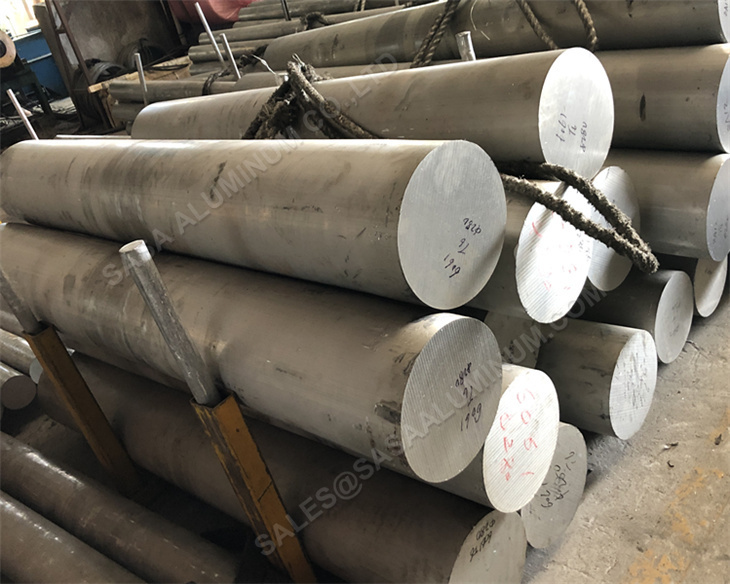
Based on different properties and applications, aluminum alloys can be divided into: industrial pure aluminum (L), rust-resistant aluminum (LF), hard aluminum (LY), super-hard aluminum (LC), forged aluminum (LD), and special aluminum (LT). 1.Industrial Pure Aluminum: It has good processing proper...Read more »
-
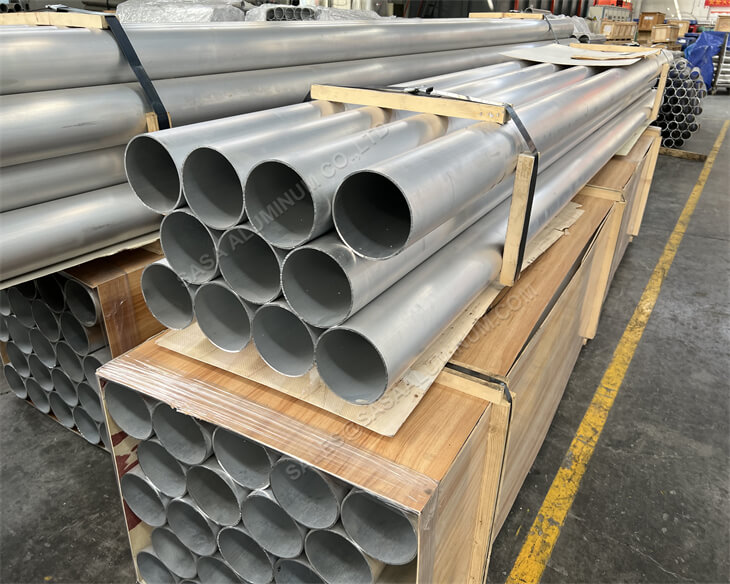
Aluminum and aluminum alloy pipes can be produced using various methods such as hot extrusion, cold extrusion, cold rolling, cold drawing (including coiled tube stretching), cold bending, welding (cold bending + high-frequency welding), spinning, continuous extrusion, and more. Currently, there ...Read more »
-
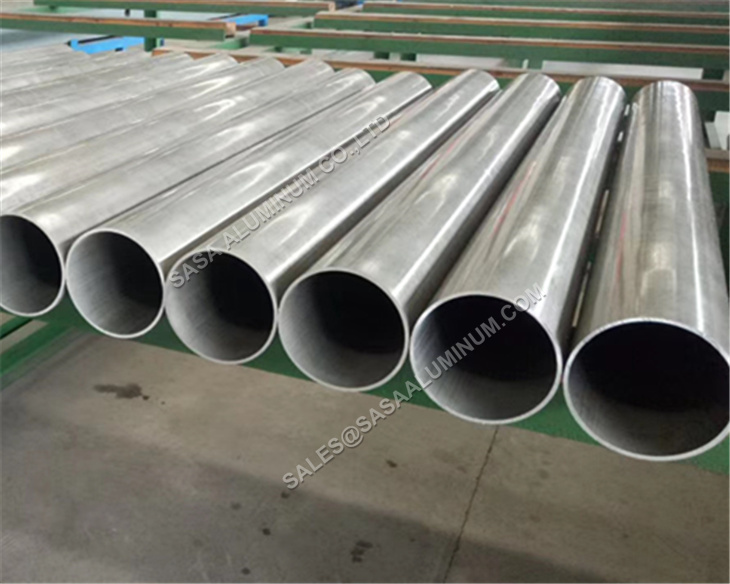
General characteristics of cast aluminum alloys: ① Good fluidity to fill the narrow gap of the slot; ② Has a low melting point that is suitable for many other metals; ③ Good thermal conductivity, the thermal energy of molten aluminum is quickly transferred to the casting mold, and the casting ...Read more »
-
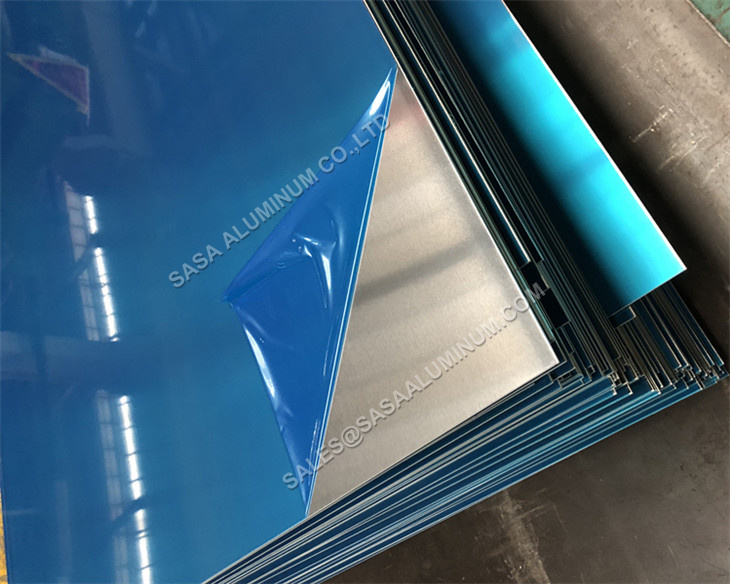
(1) Aluminum alloy cast rod heating method Aluminum alloy casting rods are heated by power frequency induction heating. The characteristics of this heating method are: The heating time is short, and it can reach about 500°C within 3 minutes; Extrusion temperature control is accurate, and the e...Read more »
-
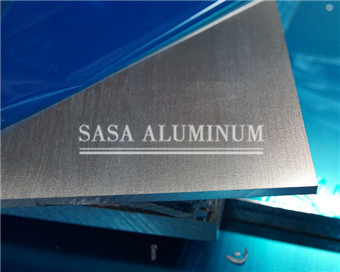
What is Aluminium Plain Sheet? Aluminium Plain Sheet often presents superior characteristics like a high strength-to-weight ratio, excellent formability and weldability.Aluminium Plain Sheet is a lightweight, corrosion-resistant material commonly used in the automotive industry for various purpos...Read more »
-
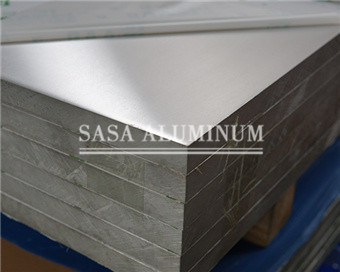
What is Aluminium? Aluminum (or Aluminium, as it’s spelled in many parts of the world, including the United Kingdom) is a chemical element with the symbol “Al” and atomic number 13. It is a silvery-white, lightweight, and relatively soft metal. Aluminum is the third most abundan...Read more »
-
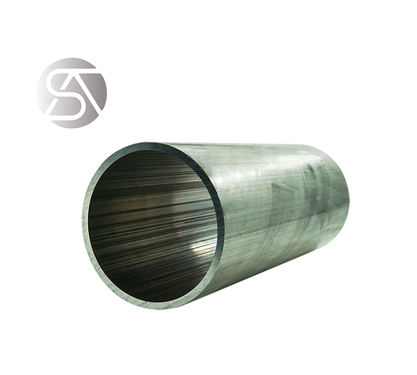
6061 and 7075 are both popular grades of aluminum alloy, and they are commonly used in various industries for different applications.Two of the most popular aluminum alloy grades for structural applications are 6061 and 7075. While similar in some ways, there are also large differences worth noti...Read more »
-
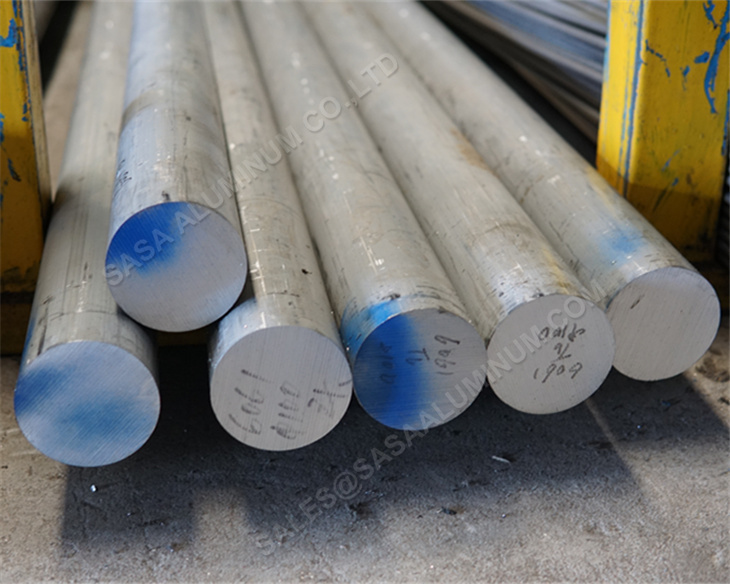
Is Aluminium Magnetic? Under normal circumstances, aluminium is not magnetic, mainly because of its crystal structure. It’s referred to as a paramagnetic material along with other metals like Magnesium and Lithium. It is considered non-magnetic or non-ferromagnetic. This means that it doesn...Read more »
-
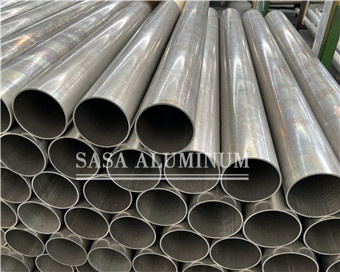
7050 and 7075 are both high-strength aluminum alloys that are commonly used in aerospace, military, and other demanding applications. Chemical Composition 7050 vs 7075 Aluminum Grade Al Zn Mg Cu Si Fe Mn Cr 7075 Rem 5.1 – 6.1% 2.1 – 2.9% 1.2 – 2.0% ≤ 0.4% ≤ 0.5% ≤ 0.3% 0.18...Read more »
-
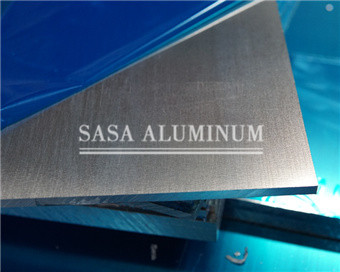
Aluminium 7075 Sheet is an aluminum alloy, with zinc as the primary alloying element. 7075 Aluminium Sheet is strong, with a strength comparable to many steels, and has good fatigue strength and average machinability. ASTM B209 7075 Aluminium Sheet has lower resistance to corrosion than many othe...Read more »
-
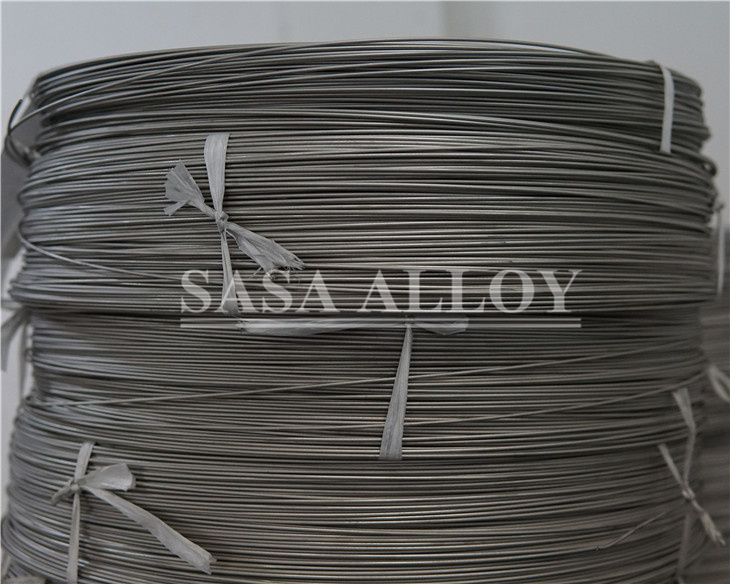
In the rapidly evolving field of material science, a new generation of aluminum alloy material—7075 aluminum alloy wires—is redefining performance standards and capturing the industry’s attention. This groundbreaking innovation is making significant strides in various sectors, from aerospac...Read more »
-
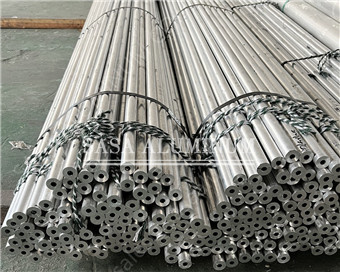
7050, 7075, and 7178 are all high-strength aluminum alloys that are commonly used in various aerospace, military, and industrial applications. While they share some similarities, they also have distinct differences in terms of their composition, properties, and applications. Chemical Composition ...Read more »